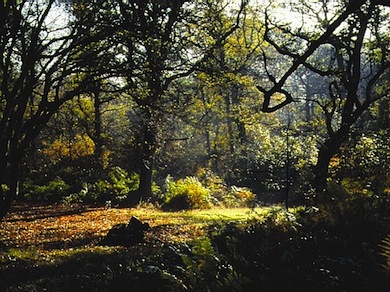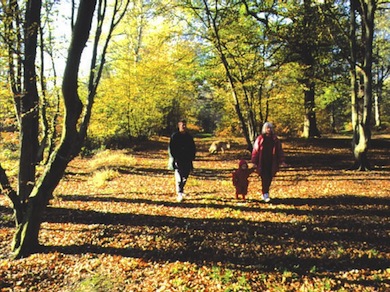This is the largest ancient woodland in London, and an area of enormous wildlife conservation interest. There has been woodland on this location since the days of the wildwood, the vast forest that originally covered England about eight thousand years ago. This historical continuity is hugely important. Park Wood, Copse Wood, Mad Bess Wood and Bayhurst Wood together make up Ruislip Woods. In addition to these, the site also includes important heathland areas at Poor’s Field as well as wetlands. Ruislip Woods is a Site of Special Scientific Interest and was the first National Nature Reserve declared in London. It won a Green Flag Award in 2008/9. The site has free public access throughout. Hillingdon Healthy Walks project uses this site – a Walking the Way to Health (WHI) scheme; see link for details.
Local Wildlife Site
Accessible Sites of Importance for Nature Conservation
Ruislip Woods and Poor's Field
Borough: Hillingdon
Grade: Metropolitan
Access: Free public access (all/most of site)
Area: 329.84 ha
Description
Wildlife
The woodland is varied, but mainly consists of a former coppice-with-standards system, a form of woodland management carried out for centuries to harvest timber sustainably. The tallest trees (standards') are oaks, and these include both English and sessile oaks. The mixture of old coppiced hornbeam and beech in places is unusual. Locally uncommon plant species growing here include wild service-tree, common cow-wheat, southern woodrush and moschatel. The heathland at Poor's Field consists of fescues and tufted hair-grass, with heather, dwarf gorse, heath-grass, heath speedwell and the rare petty whin. Ruislip Woods is the richest site in London for lichens on trees. It is also spectacularly rich in fungi - some 585 species of fungus were recorded by experts in a half-day search, including four that had never been recorded in Britain before.Many different birds can be found on the site including breeding sparrowhawk, tawny owl and occasionally woodcock and wood warbler. It is also one of the capital's most important sites for bats, with at least nine species recorded. Large numbers of amphibians and reptiles also live on the site. There is also an important invertebrate community which includes several nationally rare and scarce species. The nationally rare heath fritillary butterfly was introduced here recently.Facilities
Information (at the Woodland Centre); toilets; waymarked walking routes
View of Ruislip Woods in autumn © Peter Wakeley/English Nature

Walking in Mad Bess Wood © Peter Wakely/English Nature
Feedback
Have a question or a comment for this site, or notice anything missing or out of date? Please contact us.
